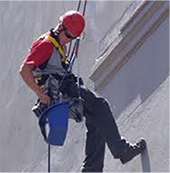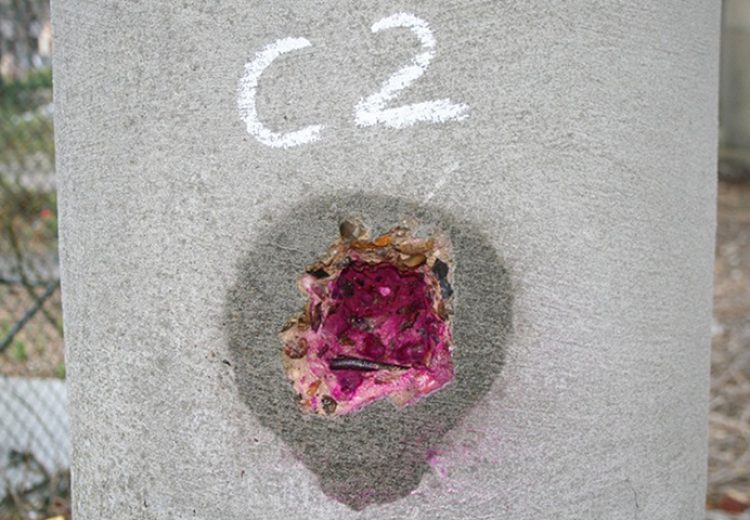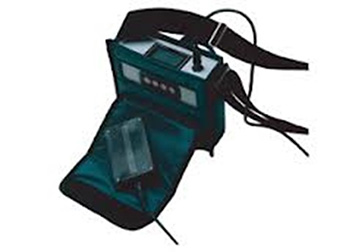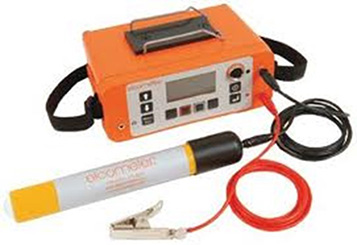Total Specialist maintenance provide Concrete condition survey’s using our directly employed test engineers, utilising specialist access techniques that include rope access, mobile elevated platforms and cradle access.
Total Specialist maintenance not only identify problems from the first stages of inspection through our Condition Survey Team, we can offer our clients the right solution to solve the problem.








